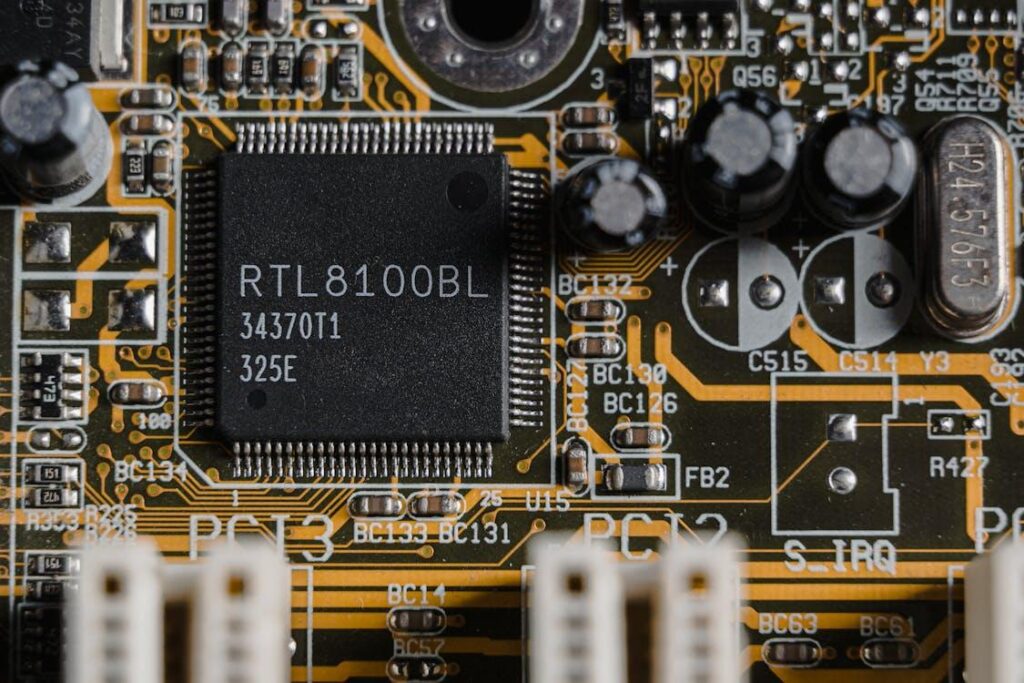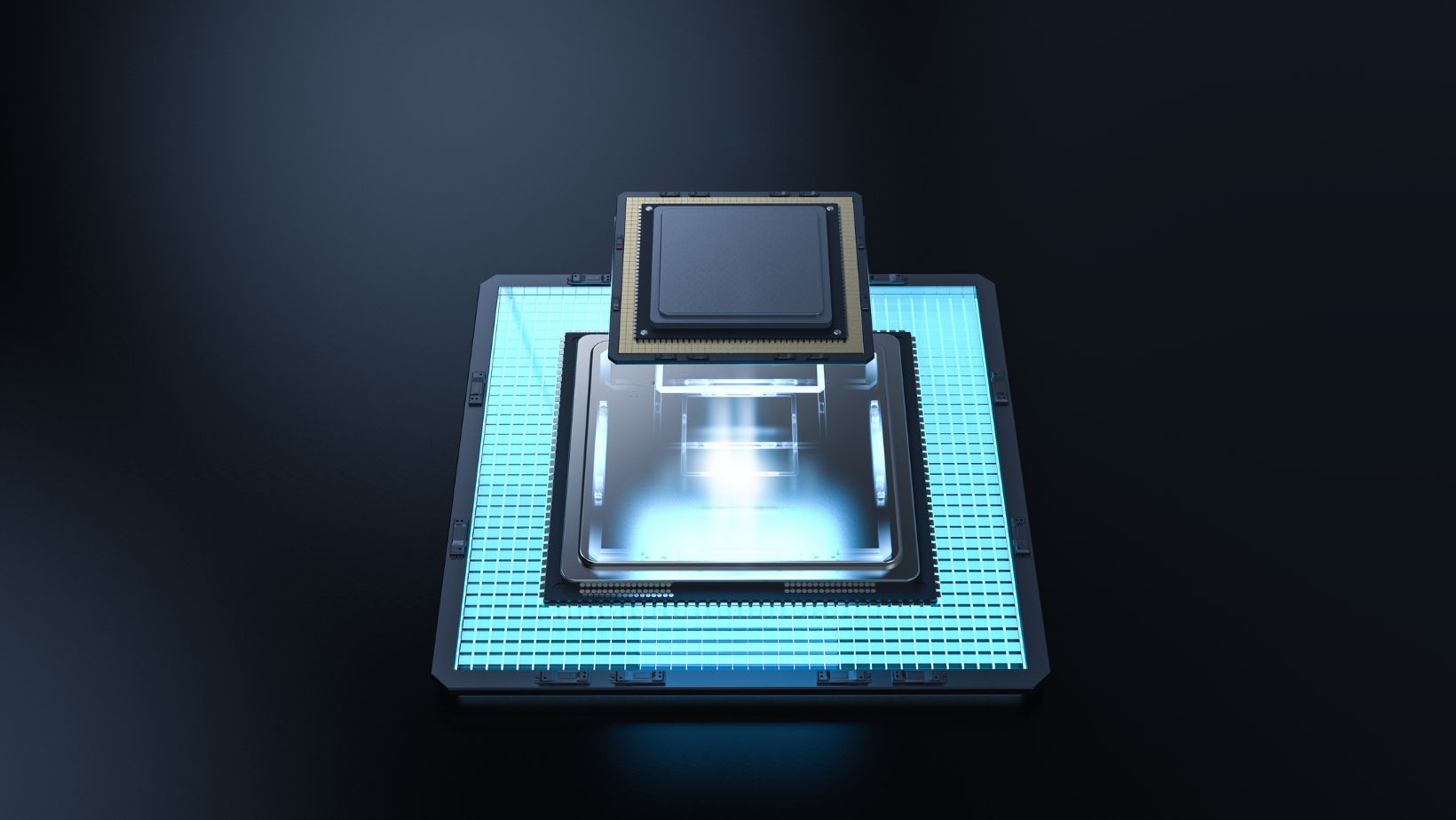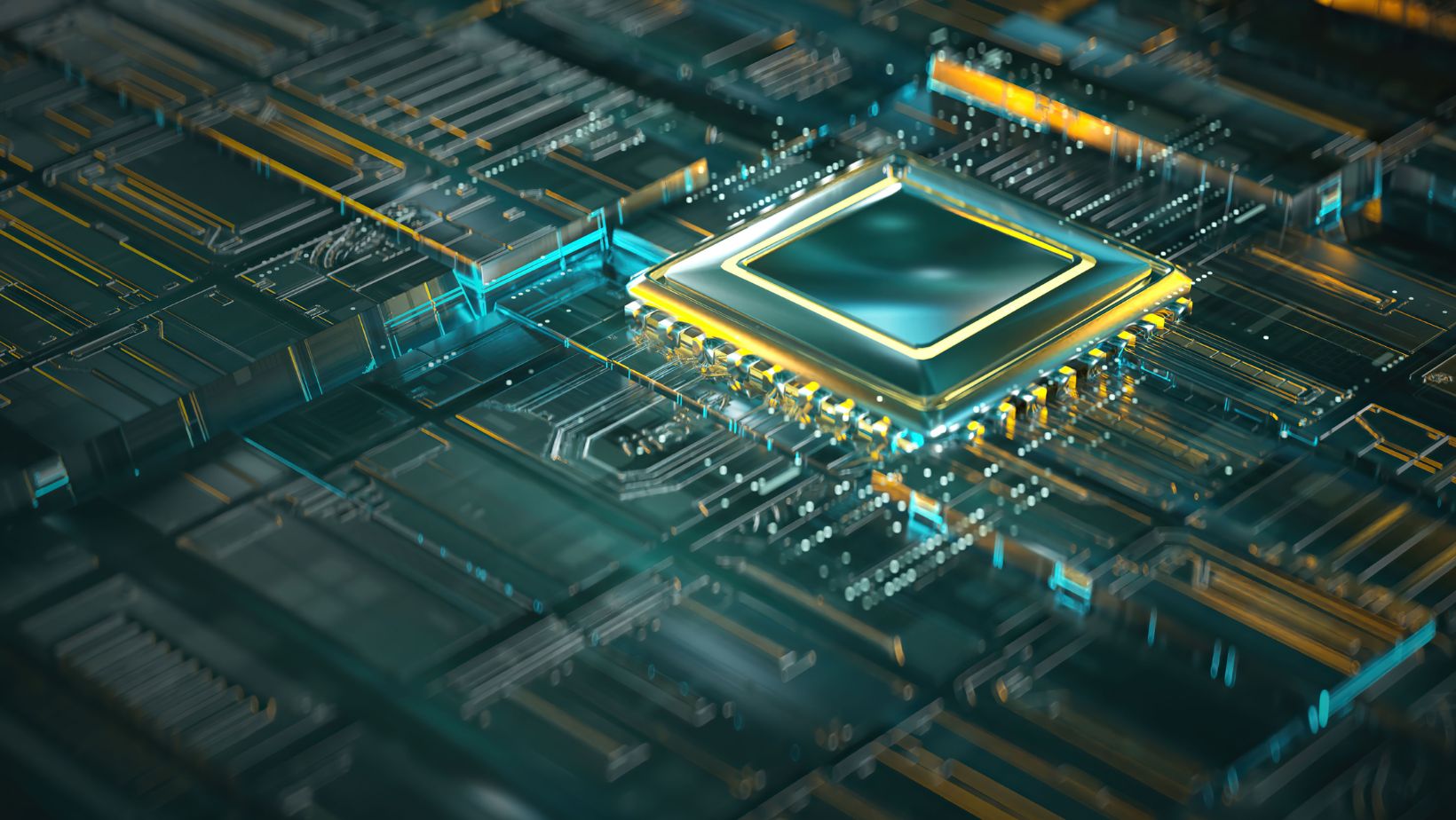
For the discerning tech enthusiast who frequents TechoElite.com, the relentless march of mobile technology is a captivating spectacle. We’ve witnessed the evolution from rudimentary voice communication devices to pocket-sized powerhouses capable of handling complex computations, stunning graphics, and seamless multitasking. But as we delve deeper into the current landscape, a new paradigm shift is emerging, one that transcends the traditional metrics of megahertz and core counts: the quantum leap in mobile processing.
The latest advancements in System-on-a-Chip (SoC) design are no longer solely focused on brute force. Instead, manufacturers are increasingly integrating specialized neural processing units (NPUs) and advanced machine learning accelerators directly onto the silicon. This architectural change allows devices to perform complex artificial intelligence tasks, such as real-time image recognition, natural language processing, and personalized user experiences, with remarkable efficiency and speed. This integration of dedicated AI hardware is fundamentally altering how we interact with our smartphones and tablets, moving beyond simple command-and-response interactions to more intuitive and context-aware experiences.
Consider the implications for photography. Modern smartphones can now analyze scenes in real-time, automatically adjusting settings, identifying objects, and even predicting motion to capture the perfect shot. This isn’t just about applying filters; it’s about sophisticated algorithms running locally on the device, enhancing image quality and providing features that were once the exclusive domain of professional cameras. Similarly, voice assistants are becoming more intelligent and responsive, understanding nuanced commands and providing increasingly personalized assistance. The ability to process complex AI tasks on-device also has significant implications for privacy and security, as sensitive data doesn’t necessarily need to be sent to the cloud for processing.
The gaming experience on mobile devices is also undergoing a transformation. The integration of powerful GPUs alongside dedicated AI hardware is enabling richer, more immersive graphics and smoother gameplay. Features like real-time ray tracing, once confined to high-end gaming PCs, are now making their way into flagship smartphones, blurring the lines between mobile and console gaming. Furthermore, AI-powered upscaling and frame generation techniques are enhancing the visual fidelity of games without significantly impacting battery life. For those seeking entertainment on the go, the world of online casinos offers a diverse range of gaming experiences accessible through mobile browsers and dedicated apps. These platforms provide a virtual environment where players can engage with various casino games, mirroring the excitement of traditional establishments.
Beyond entertainment, the advancements in mobile processing are driving innovation in various other fields. Augmented reality (AR) applications are becoming more sophisticated, overlaying digital information onto the real world with greater accuracy and responsiveness. This has implications for navigation, education, and even industrial applications, where AR can provide workers with real-time guidance and information. The healthcare sector is also benefiting, with AI-powered mobile apps capable of monitoring vital signs, providing personalized health recommendations, and even assisting in early disease detection.
The competition among mobile chip manufacturers is fierce, with each vying to deliver the most powerful and efficient processing solutions. Companies are exploring novel architectures, advanced manufacturing processes, and innovative ways to integrate different components onto a single chip. This relentless pursuit of performance and efficiency is ultimately benefiting consumers, pushing the boundaries of what’s possible with a handheld device. We are witnessing a shift from a focus solely on clock speeds and core counts to a more holistic approach that considers the overall system architecture and the integration of specialized hardware for specific tasks.
Looking ahead, the quantum leap in mobile processing shows no signs of slowing down. We can expect to see even more tightly integrated AI capabilities, further advancements in power efficiency, and the exploration of entirely new computing paradigms. The convergence of AI, advanced silicon design, and innovative software is poised to unlock even more transformative mobile experiences. To understand the broader impact of these trends on the technology landscape, exploring resources like IEEE Spectrum can provide valuable insights into the future of computing.
In conclusion, the evolution of mobile processing is entering an exciting new era. The focus is no longer just on raw power but on intelligent integration and specialized hardware that can handle complex tasks with remarkable efficiency. This quantum leap is transforming our smartphones from simple communication tools into sophisticated AI-powered companions, unlocking new possibilities across various aspects of our lives. As technology continues its relentless advance, the potential of mobile processing remains vast and full of exciting possibilities for the future.














